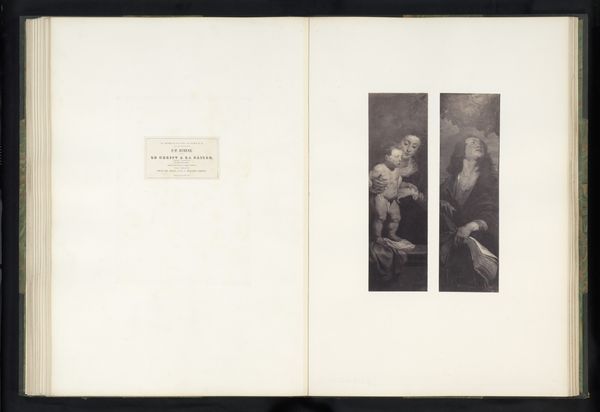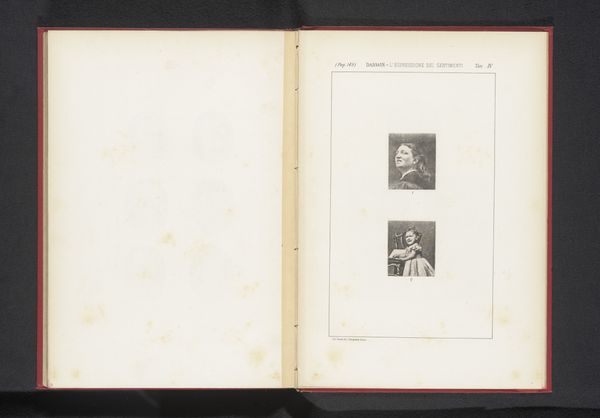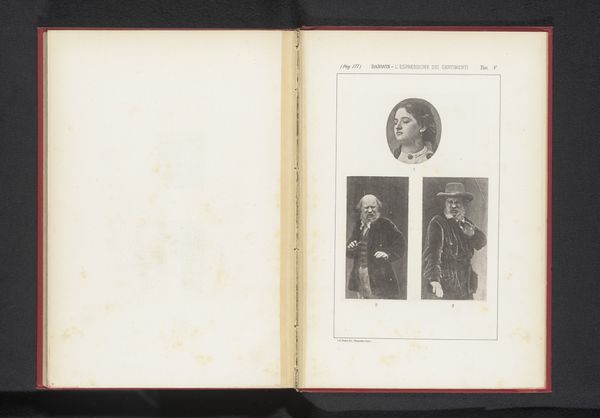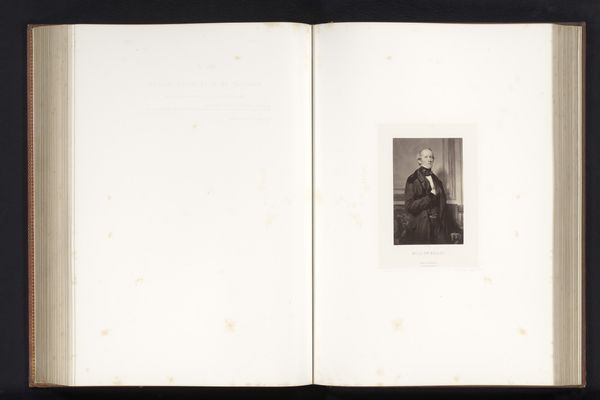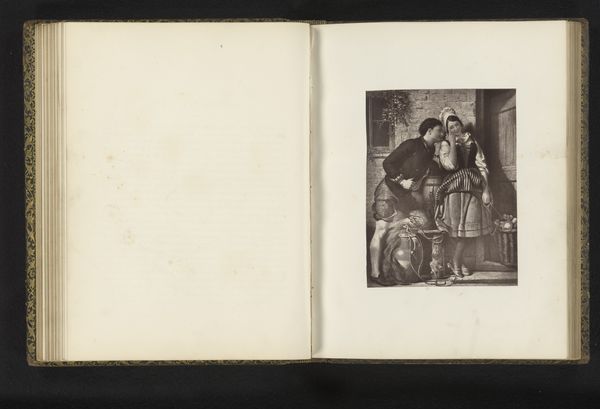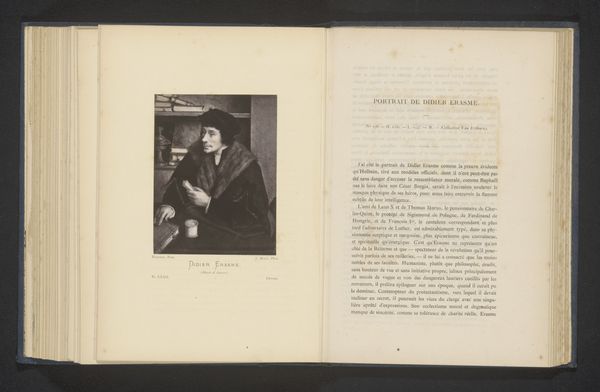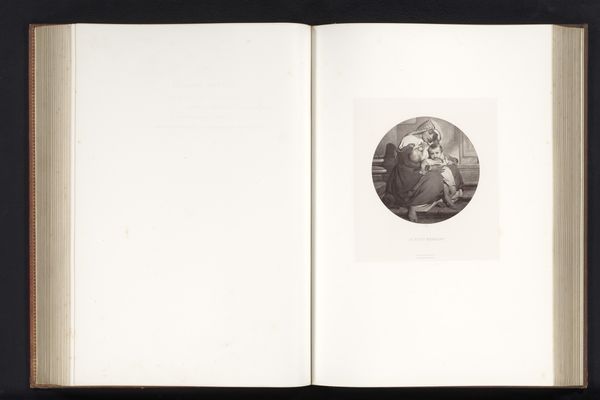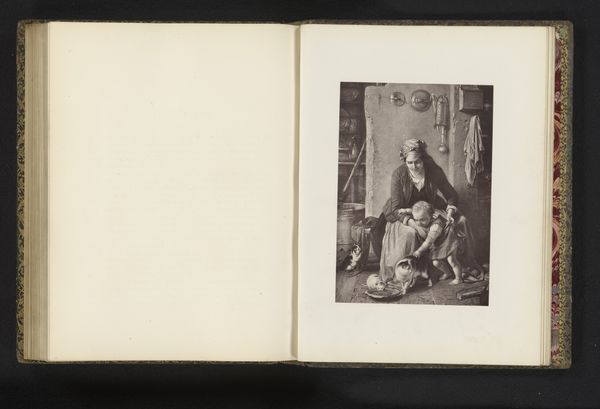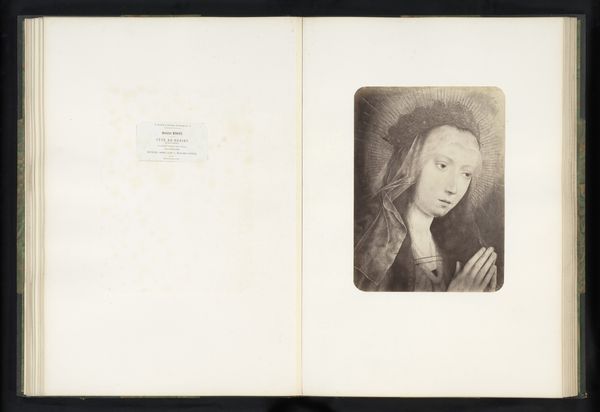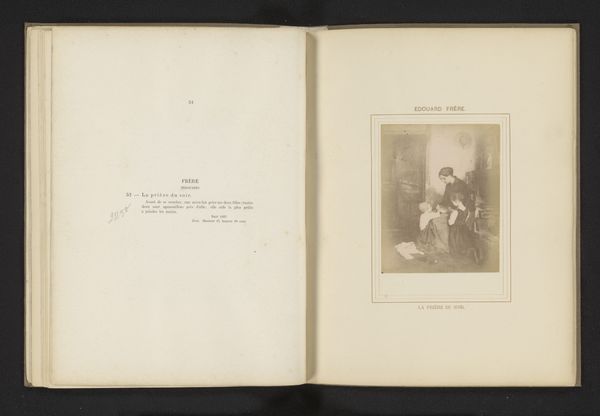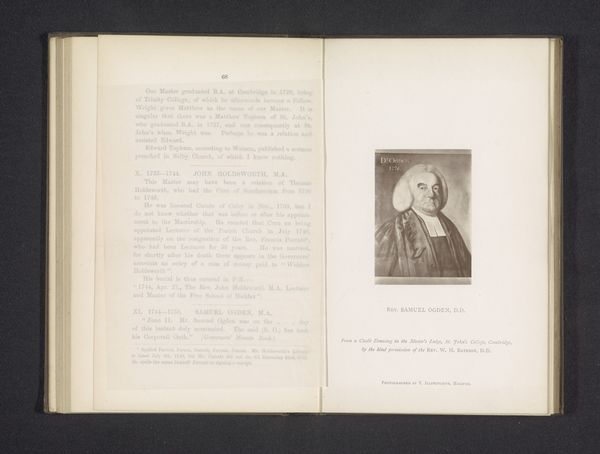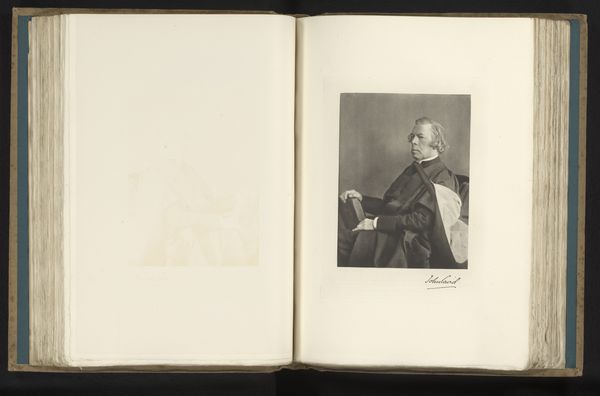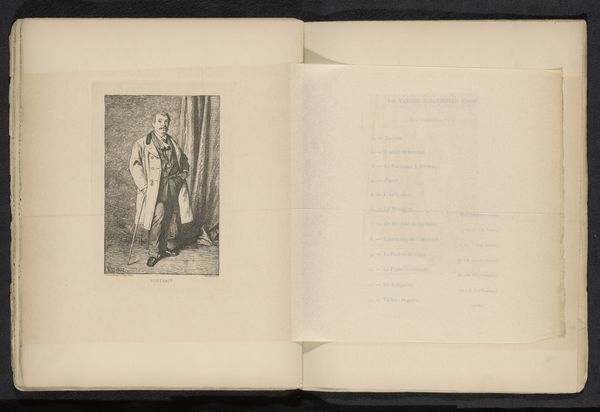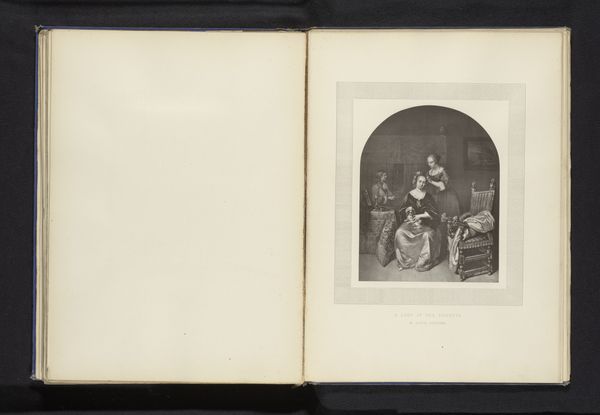
Fotoreproducties van Portret van een man en Portret van een vrouw door Bartholomäus Bruyn I before 1861
0:00
0:00
print, gelatin-silver-print
#
ink paper printed
# print
#
11_renaissance
#
gelatin-silver-print
#
history-painting
Dimensions: height 696 mm, width 469 mm
Copyright: Rijks Museum: Open Domain
Editor: Here we have "Fotoreproducties van Portret van een man en Portret van een vrouw door Bartholomäus Bruyn I," created before 1861 by Edmond Fierlants. It looks like a photograph of portraits reproduced in ink on paper. I find it intriguing how photography is used to document older art, almost like a historical echo. What are your thoughts? Curator: It's important to consider why and how these reproductions were made. Think about the context: Before wide-spread color printing, photographs offered a way to disseminate images of artworks. What socio-political functions might such photographic reproductions of Renaissance portraits serve in 19th century Belgium? Did they aim to create a sense of national pride or identity by linking to artistic traditions? Editor: That’s a fascinating perspective. I hadn't considered the potential political motivations behind documenting and circulating these images. So it's not just about preserving art, but potentially about constructing a particular historical narrative? Curator: Precisely. These images became tools in a broader cultural project. Who had access to them? Where were they displayed or circulated? These details shape our understanding of their historical role. What stories do you think these portraits were intended to tell about society in general? Editor: Hmm, I wonder if the act of reprinting these images affected the perception of the original artwork. Did it democratize art viewing, or did it dilute the impact of the originals by making them more common? Curator: That's a great question. Dissemination definitely changes reception. This form of photography potentially reinforced ideas about who should be remembered, and what kinds of lives were worth preserving for posterity. Editor: It seems I have barely scratched the surface; there is always a context and an interpretation that transforms a plain artwork into a powerful social statement. Thank you. Curator: Indeed! It shows how even documentation participates in shaping cultural memory and how later viewing contexts also play a vital part.
Comments
No comments
Be the first to comment and join the conversation on the ultimate creative platform.
